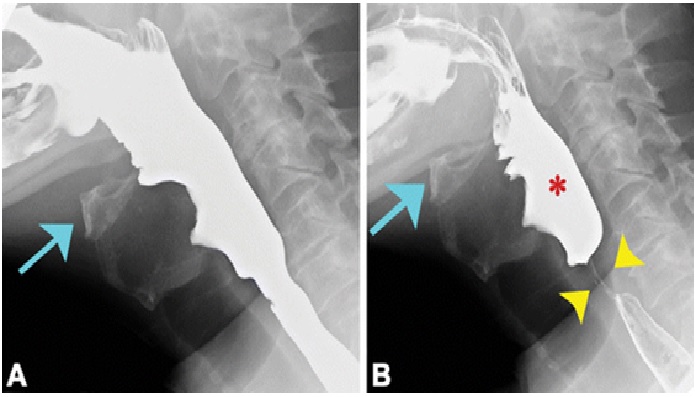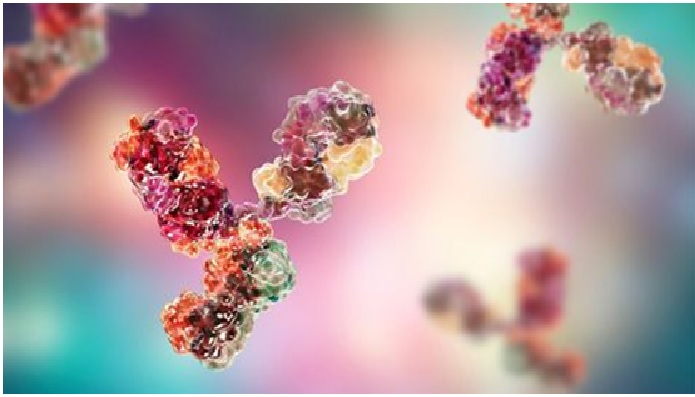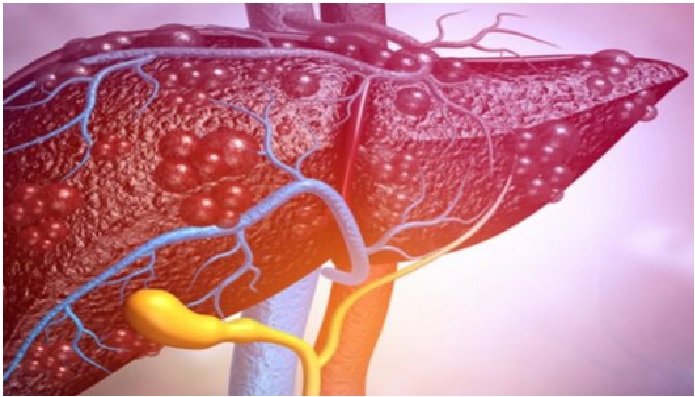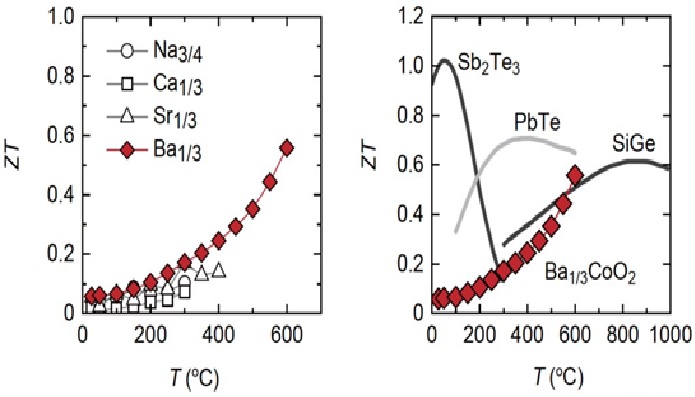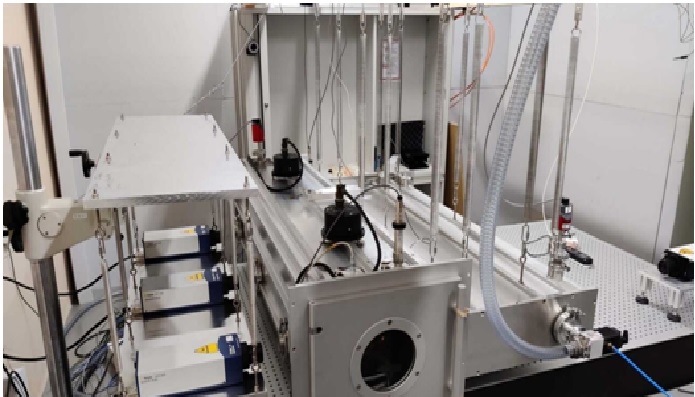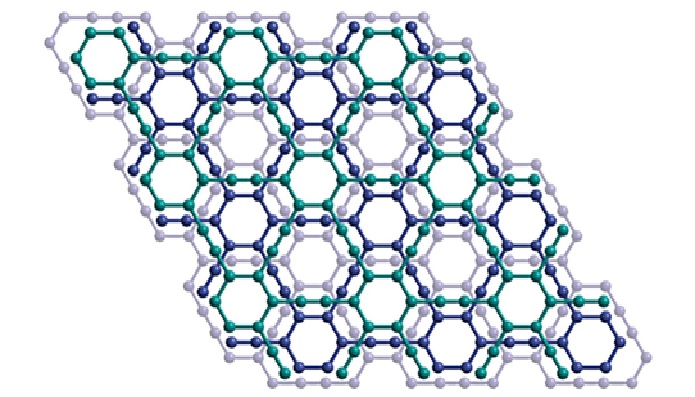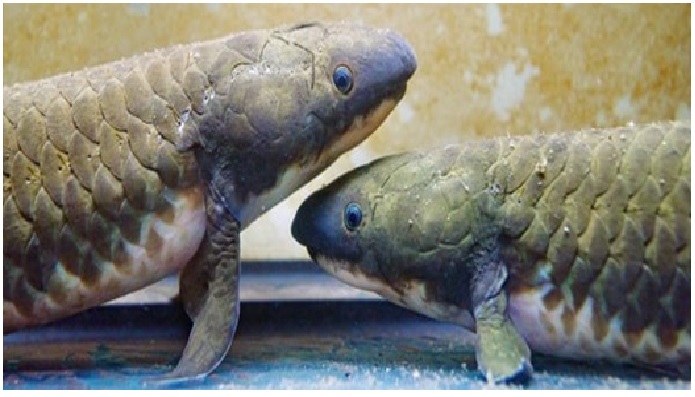Physicists See Electron Whirlpools
Researchers at MIT have observed “electron whirlpools” for the first time. The bizarre behavior arises when electricity flows as a fluid, which could make for more efficient electronics.
Like water, electricity is made up of discreet particles, so one might expect that they would both flow in similar ways. But while water molecules are big enough to jostle each other and flow together, electrons are much smaller, meaning they’re more influenced by their surroundings than each other. [1]
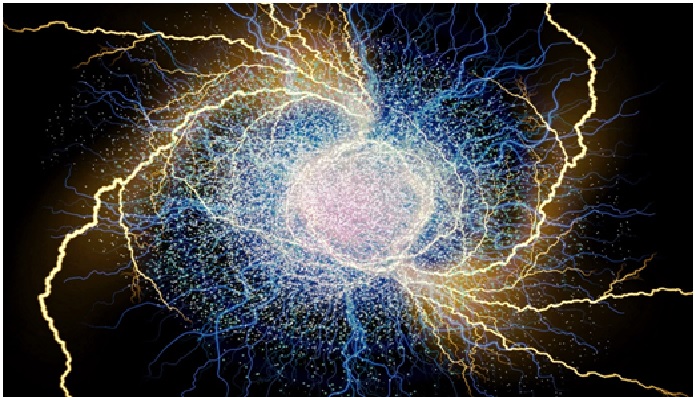
Figure 1. Physicists See Electron Whirlpools
Figure 1 shows now, physicists at MIT and the Weizmann Institute of Science have observed electrons flowing in vortices, or whirlpools — a hallmark of fluid flow that theorists predicted electrons should exhibit, but that has never been seen until now.
“Electron vortices are expected in theory, but there’s been no direct proof, and seeing is believing,” says Leonid Levitov, professor of physics at MIT. “Now we’ve seen it, and it’s a clear signature of being in this new regime, where electrons behave as a fluid, not as individual particles.”
The observations, reported today in the journal Nature, could inform the design of more efficient electronics. [2]
A collective squeeze
When electricity runs through most ordinary metals and semiconductors, the momenta and trajectories of electrons in the current are influenced by impurities in the material and vibrations among the material’s atoms. These processes dominate electron behavior in ordinary materials.
But theorists have predicted that in the absence of such ordinary, classical processes, quantum effects should take over. Namely, electrons should pick up on each other’s delicate quantum behavior and move collectively, as a viscous, honey-like electron fluid. This liquid-like behavior should emerge in ultraclean materials and at near-zero temperatures. [3]
Channeling flow
The researchers observed that electrons flowing through patterned channels in gold flakes did so without reversing direction, even when some of the current passed through each side chamber before joining back up with the main current. In contrast, electrons flowing through tungsten ditelluride flowed through the channel and swirled into each side chamber, much as water would do when emptying into a bowl. The electrons created small whirlpools in each chamber before flowing back out into the main channel. [4]
References:
- https://newatlas.com/physics/electron-whirlpools-fluid-flow-electricity/
- https://indiaeducationdiary.in/physicists-see-electron-whirlpools-for-the-first-time/
- https://news.mit.edu/2022/electron-whirlpools-physics-0706
- https://www.sciencedaily.com/releases/2022/07/220706133352.htm
Cite this article:
Thanusri swetha J (2022), Physicists See Electron Whirlpools, AnaTechMaz, pp.136





